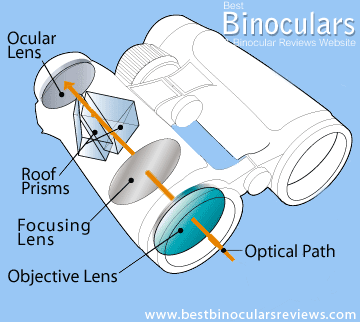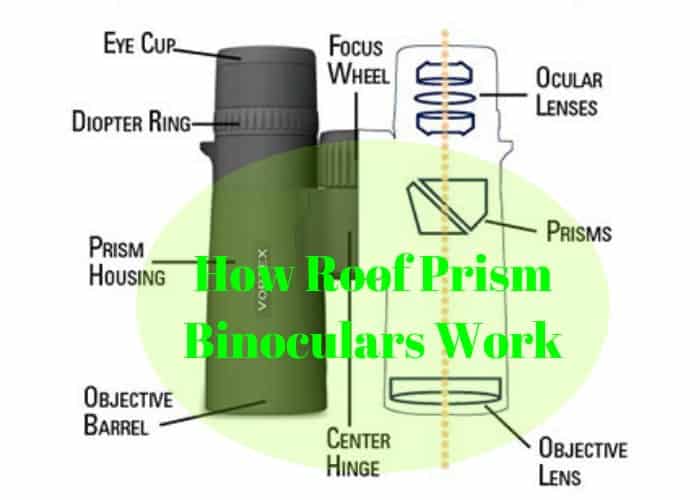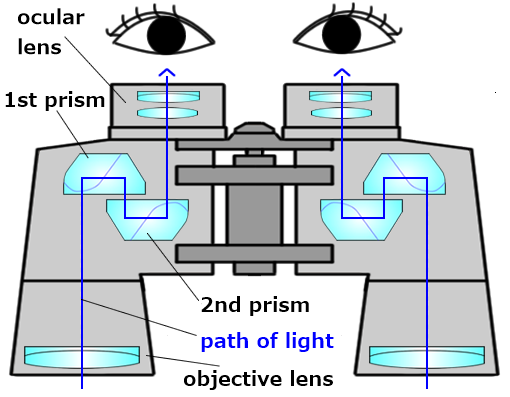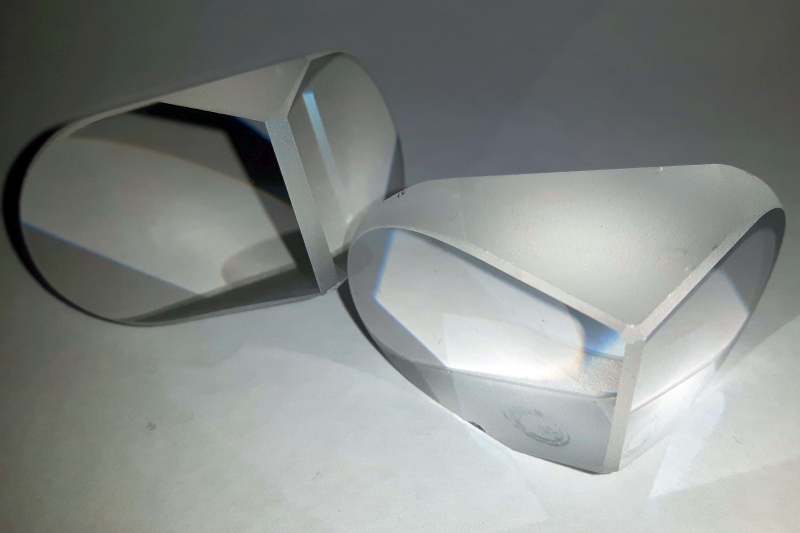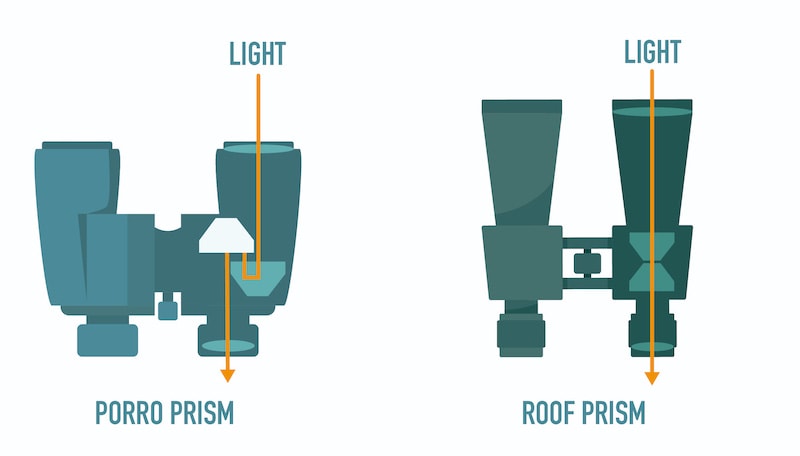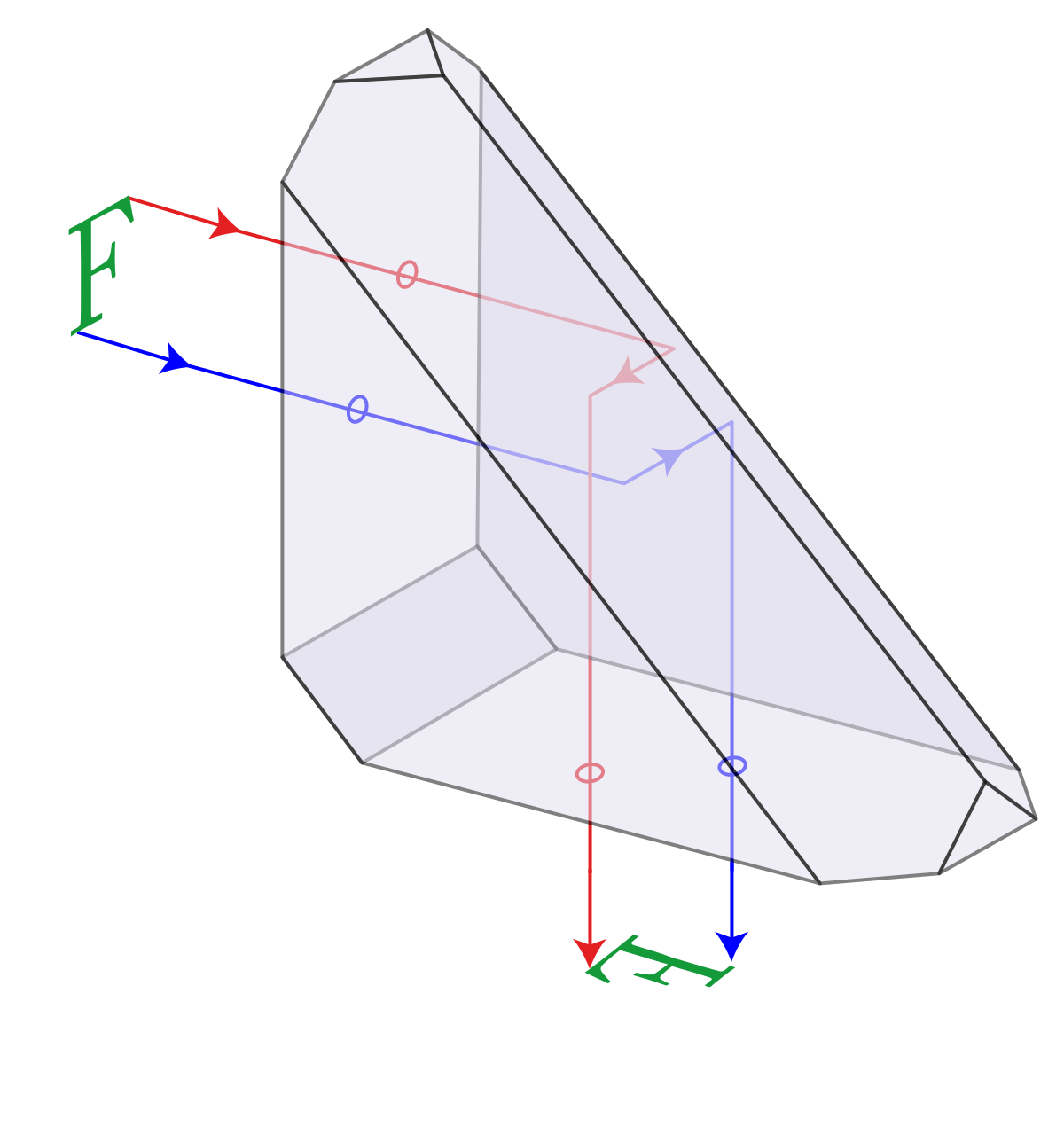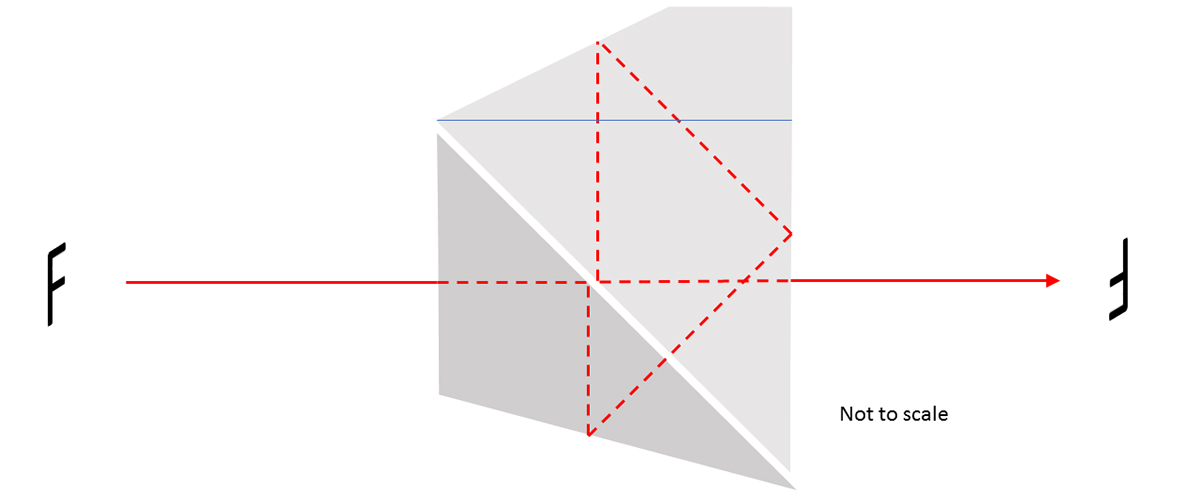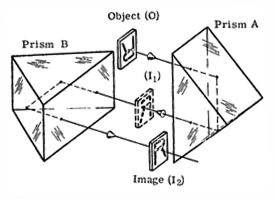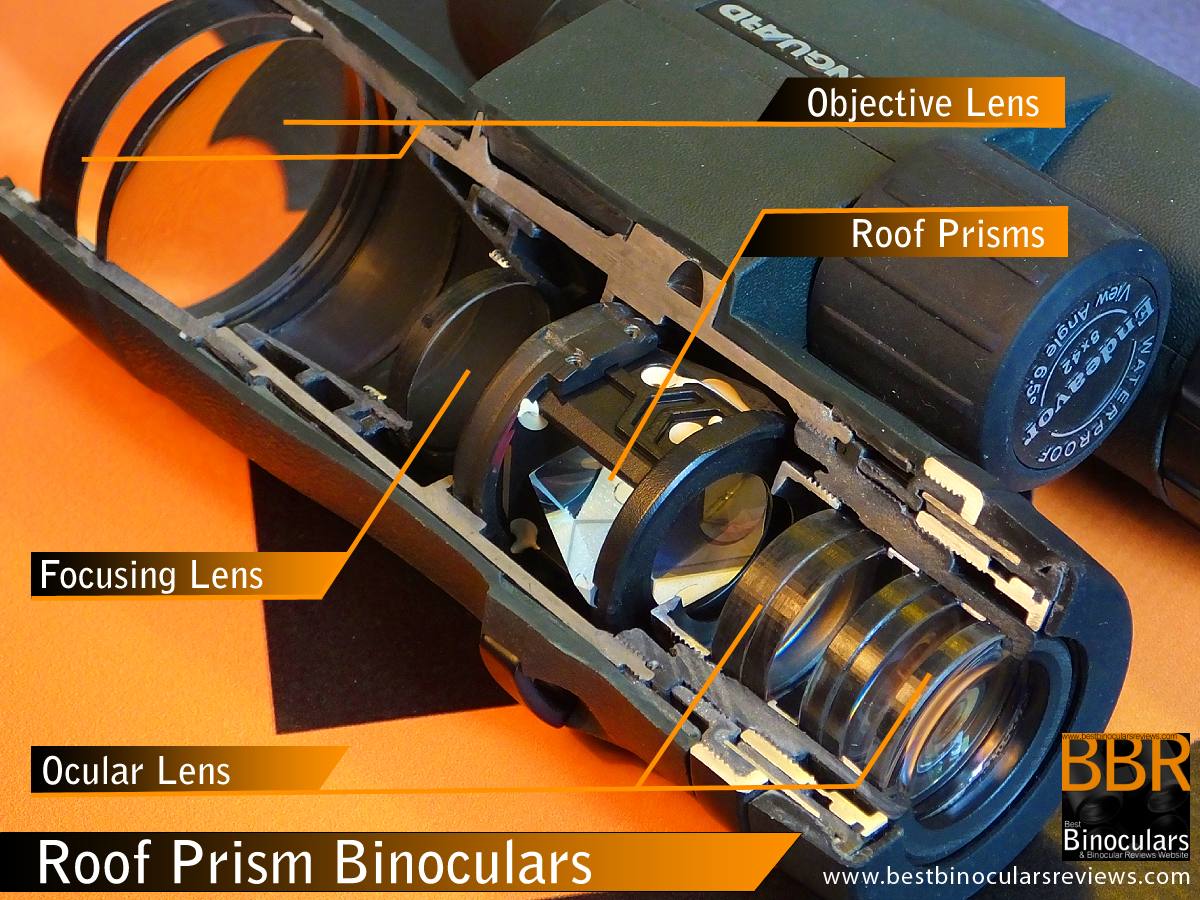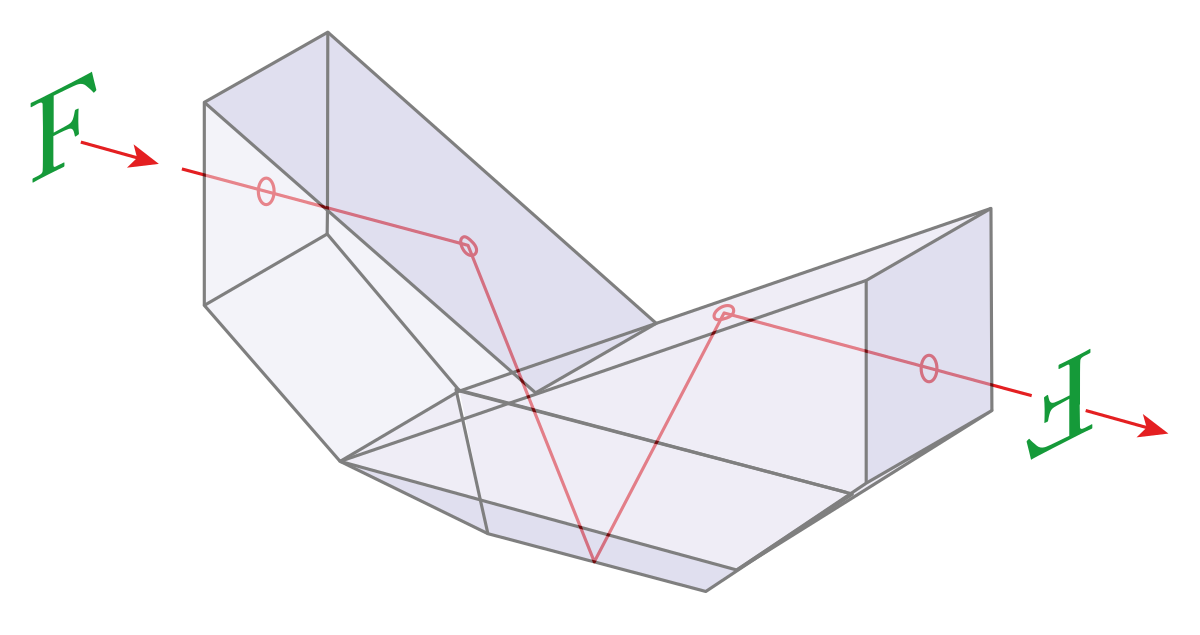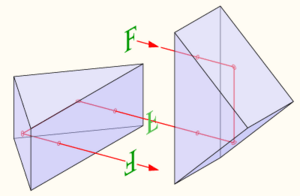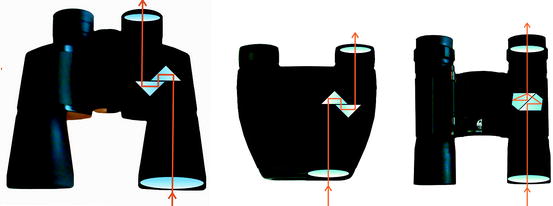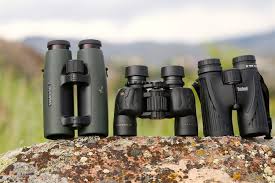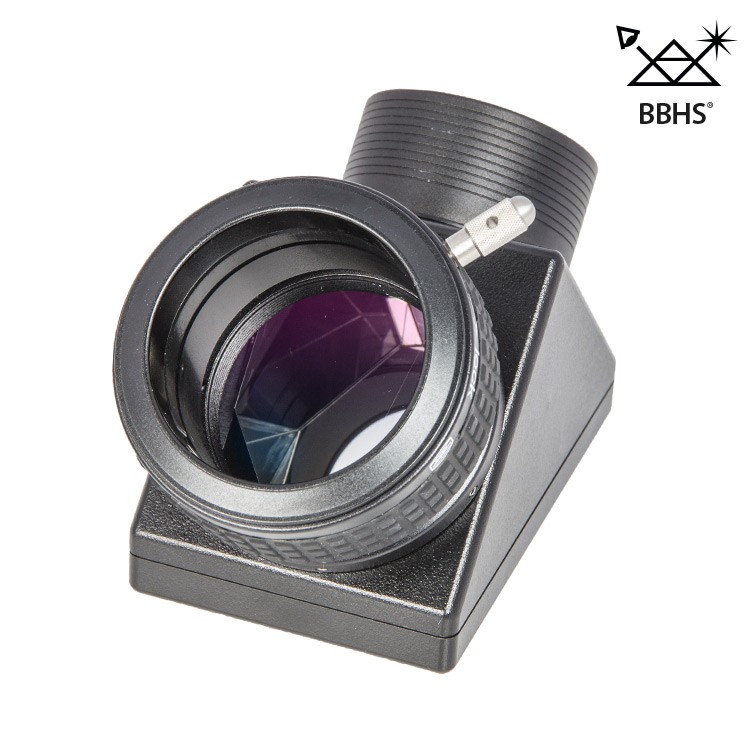If you re still not sure if you should buy your team porro or team roof t shirt there are a few advantages and disadvantages to them.
Roof prism the reason for its invention is.
10a the entry prism is the amici type prism 52 with a roof 53.
The porro prism model and roof prism model.
The first type has been used for more than a century while its counterpart has been the product of a more recent technological innovation in the field of.
Their prism system is known as the roof prism system which made further improvement in the field of binoculars.
Roof edge is a reflective optical prism containing a section where two faces meet at a 90 angle.
However the optical path is bent like the letter z.
A roof prism also called a dach prism or dachkanten prism from the german.
Roof dach prism type and porro prism type.
In this figure the schmidt prism 51 also has a roof 54.
Porro prism binoculars have objective lens tubes that are offset from the eyepieces.
10 and 11 consists of a typical schmidt prism 45 apex angle 51 and an amici type prism or amici roof prism 52.
As shown in fig.
Most roof prism binoculars use either the abbe koenig prism named after ernst karl abbe and albert koenig and patented by carl zeiss in 1905 or the schmidt pechan prism invented in 1899 designs to erect the image.
The sa combination prism 50 figs.
There are two major types of binoculars designed from these prism systems.
In 1897 moritz hensoldt began marketing roof prism binoculars.
That works two ways.
The prisms angle from the eyepieces to the objective lenses roof prism binoculars have two straight tubes making them smaller and more compact.
These two 90 faces resemble the roof of a building giving this prism type its name.
When a light beam enters a schmid pechan s prism it enters the first prism vertically and is reflected at the inner face near the air gap and reflected again on the underside of the prism after which it exits the prism via the air gap and vertically enters the second prism.
The porro prism was invented by ignazio porro in mid 19th century italy.
All of its reflective surfaces are completely reflective so it loses no light and such binoculars are easy to produce.
Us2394645a us496034a us49603443a us2394645a us 2394645 a us2394645 a us 2394645a us 496034 a us496034 a us 496034a us 49603443 a us49603443 a us 49603443a us 2394645 a us2394645 a us 2394645a authority us united states prior art keywords roof prism prisms surfaces grinding prior art date 1943 07 24 legal status the legal status is an assumption and is not a legal conclusion.
Although roof prism was invented somewhere around the 19 th century they became common in the market by 1980s when different manufacturers started to use them in the binoculars.
Lemiere invented the first binocular telescope in 1825.
This prism is not a dispersive prism.
These two faces of this prism form a roof like structure that s why the name roof prism is given to this prism shape.

